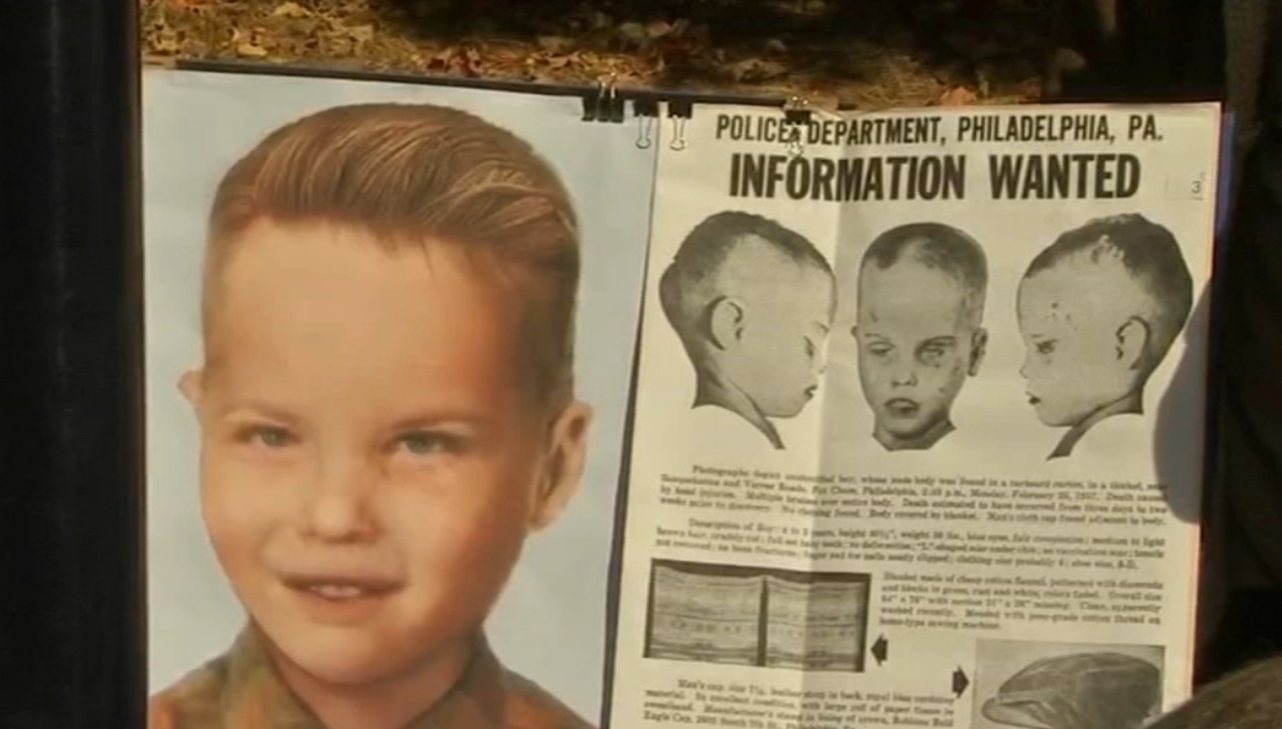Animation Day: A Journey Through the Art and Innovation of Animated Storytelling

October 27: A Journey Through History, Cultural Significance, and Cosmic Marvels
October 27: A Journey Through History, Cultural Significance, and Cosmic Marvels
10 of the wealthiest female singers and actresses in the world
Animation Day: A Journey Through the Art and Innovation of Animated Storytelling
Celebrated worldwide on October 28, Animation Day celebrates a major turning point in the history of entertainment and the inventiveness and originality of the animation industry. It honors those who use animated motion to bring tales to life as well as the craft of animation. Let’s explore the origins of Animation Day, the development of animation in general, and the tale of the very first animation.

The Origins of Animation Day
In order to honor the anniversary of the first public showing of an animated picture, Émile Reynaud’s “Pantomimes Lumineuses” (also known as “Luminous Pantomimes”) at the Musée Grévin in Paris in 1892, the International Animated picture Association (ASIFA) created Animation Day in 2002. This occasion signifies the birth of an art form that would develop over the course of the following century and emerge as a significant component of international entertainment.
The goals of ASIFA’s animation day were to honor animators, foster global cooperation, and advance a broader understanding of animation as a form of art and culture. Today, animators, business executives, and fans of animated stories come together to celebrate Animation Day through festivals, screenings, and events throughout the world.
An Overview of Animation’s Past
Ancient storytelling tools are the origin of animation as we know it today. Sequential depictions of moving characters in prehistoric cave paintings are early instances of animation, demonstrating a primitive kind of animated activity. Devices like the phenakistoscope and the zoetrope, which produced the appearance of motion by using rotating discs or cylinders that displayed sequential pictures, helped to further develop this concept of movement in the 19th century.
By the late 1800s, pioneers were experimenting with film to produce moving images, thanks to the new capabilities brought up by cinematography. A key player at this time was the French inventor and artist Émile Reynaud. By creating the praxinoscope, a development of the zoetrope, he produced the first animated projection. His “Pantomimes Lumineuses” was groundbreaking because it created short animations that could be shown on a screen using strips of hand-painted pictures on celluloid.
“Pantomimes Lumineuses” was the first animation to be recognized (1892)

Presented to the public in 1892, Émile Reynaud’s “Pantomimes Lumineuses” is largely regarded as the first animated picture ever made. Reynaud’s remarkable achievement of hand-painting every frame exposed viewers to straightforward storylines with humans in fantastical, dreamy settings. He was able to project these animations using his praxinoscope, which helped to establish the foundation for later animation methods.
Despite Reynaud’s inventiveness, it would take decades for animation to become widely accepted due to developments in both cinema and animation technology. However, Reynaud’s work, which demonstrated the early narrative possibilities of moving pictures, continues to serve as a basis for the business.
“Fantasmagorie” (1908) was the first animation to use traditional techniques
Émile Cohl, a French artist, is credited with creating “Fantasmagorie,” the first animated cartoon made using conventional hand-drawn methods, in 1908. “Fantasmagorie” consisted of a sequence of basic, fantastical drawings that developed into different forms and figures. “Fantasmagorie” was a black-and-white line-drawn animation, in contrast to Reynaud’s color frames, and demonstrated the ease and adaptability of hand-drawn animation in producing illusions and conveying stories.
The Impact of Early Animation on Contemporary Animation
Animation has changed significantly from these early animations to the present. In 1928, Walt Disney Studios’ “Steamboat Willie” introduced viewers to Mickey Mouse and coupled music to animation, igniting a cultural revolution that cemented animation’s position as a major form of entertainment worldwide.
The foundation for contemporary animation, which now encompasses a wide range of styles and technology, from 3D computer-generated imagery (CGI) to stop-motion and hand-drawn approaches, was established by the early work of pioneers like Reynaud and Cohl. Animation Day honors the craft’s development from the earliest hand-painted and hand-drawn frames to the intricate computer animations we witness today, serving as a reminder of these beginnings.
conclusion
Animation Day honors not only a particular day but also the development of animation as an art form and a potent narrative tool. Animation Day serves as a reminder of the inventiveness, inventiveness, and influence that animation has had—and still has—on culture throughout the globe, from Émile Reynaud’s first public animation screenings to the cutting-edge realm of computer-generated imagery and digital arts.
You also may like: newstimzone.com/october-13



















